Patinated bronze
L.11 x W.5 cm; H. 4 cm
Ushebti in green earthenwareEgypt, Late Period
Shards, broken and reattached
H. 9 cm
This object is fully in line with the Egyptomania movement. This movement is expressed by the creation of works of art that take up the repertoire of forms of ancient Egypt and its ornamental grammar, to give them new uses.
Our object probably dates from the 1920s/30s. Clearly, the discovery in 1922 of Tutankhamun's treasure gave a renewed interest in the creation of objects inspired by ancient Egypt.
This amulet holder seems to have been made to house Ushebtis. These are small funerary figurines that were placed in tombs to accompany the deceased into the afterlife. Their main function was to serve as a substitute for the deceased to carry out agricultural work in the fields of Osiris, the god of the dead, according to Egyptian beliefs.
The amulet holder is decorated with the face of a pharaoh wearing the nemes and offers a decoration engraved in light relief depicting hieroglyphs that can be found on sarcophagi or on the walls of vaults.


















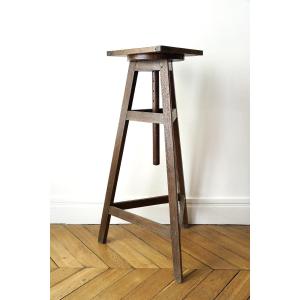



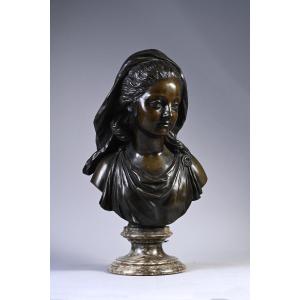


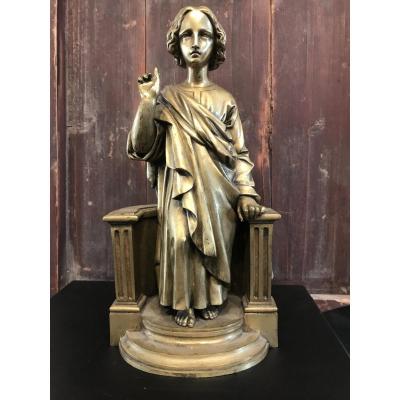
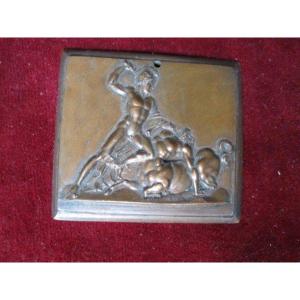
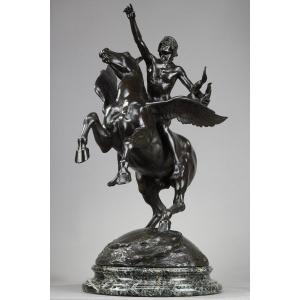

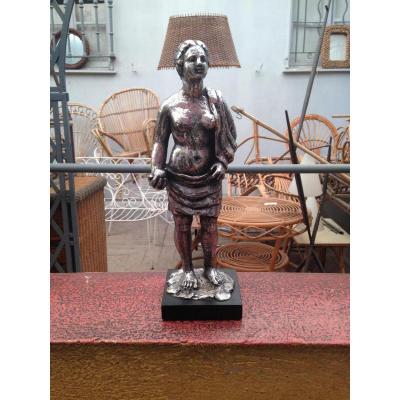



 Le Magazine de PROANTIC
Le Magazine de PROANTIC TRÉSORS Magazine
TRÉSORS Magazine Rivista Artiquariato
Rivista Artiquariato